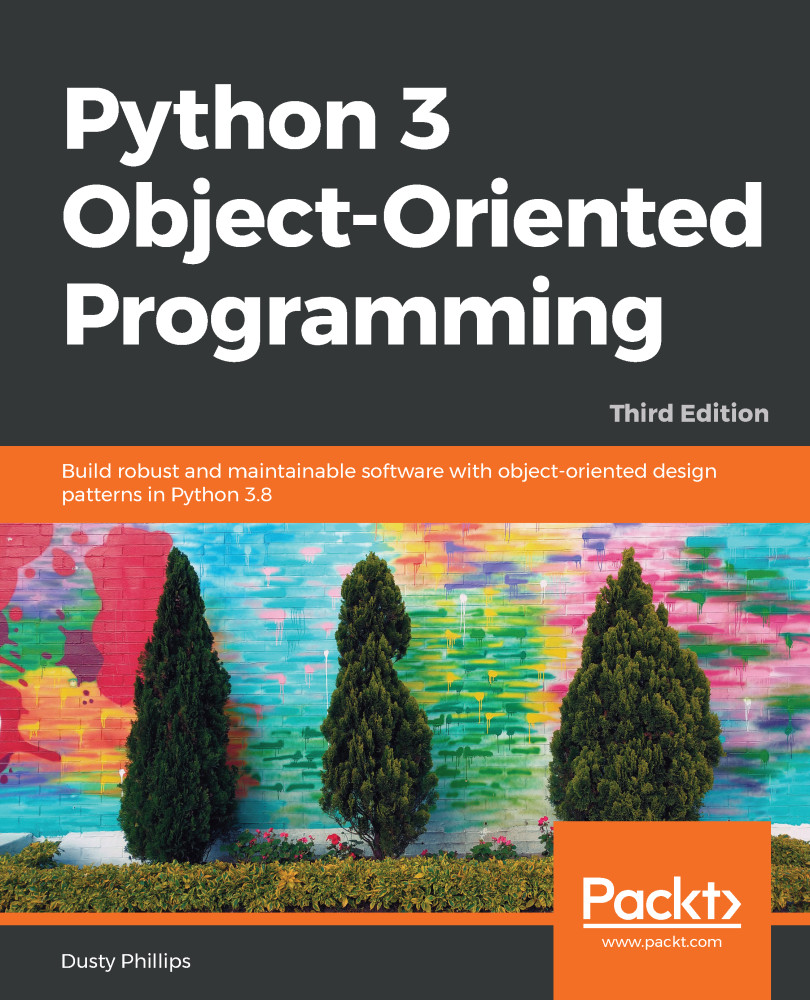Concurrency is the art of making a computer do (or appear to do) multiple things at once. Historically, this meant inviting the processor to switch between different tasks many times per second. In modern systems, it can also literally mean doing two or more things simultaneously on separate processor cores.
Concurrency is not inherently an object-oriented topic, but Python's concurrent systems provide object-oriented interfaces, as we've covered throughout the book. This chapter will introduce you to the following topics:
- Threads
- Multiprocessing
- Futures
- AsyncIO
Concurrency is complicated. The basic concepts are fairly simple, but the bugs that can occur are notoriously difficult to track down. However, for many projects, concurrency is the only way to get the performance we need. Imagine if a web server couldn't respond to a user's request until...



